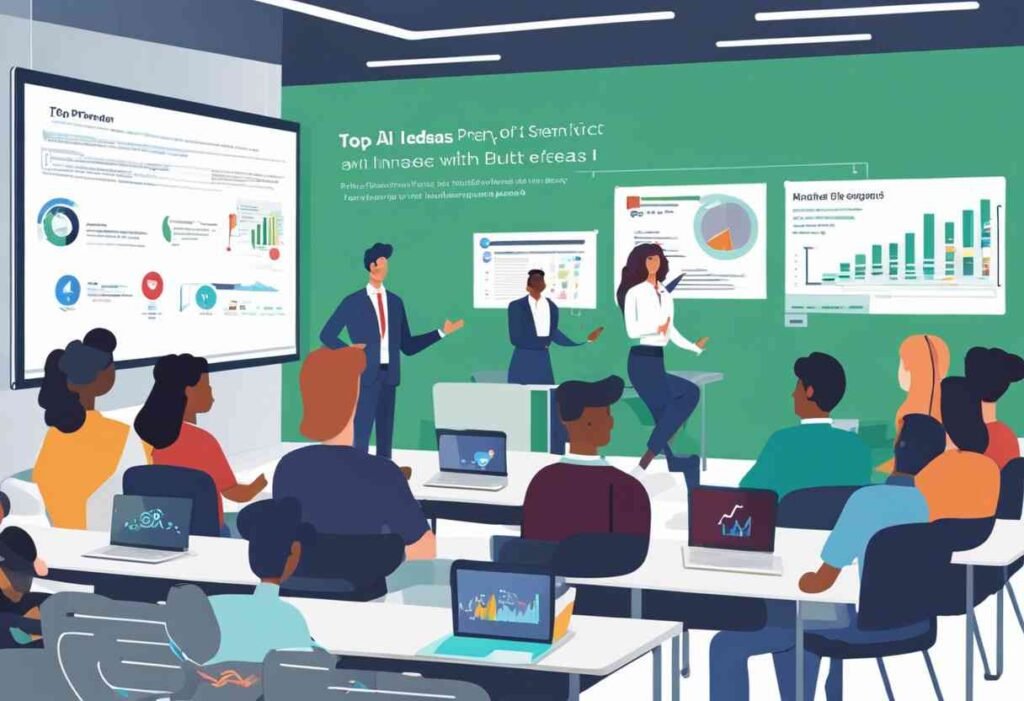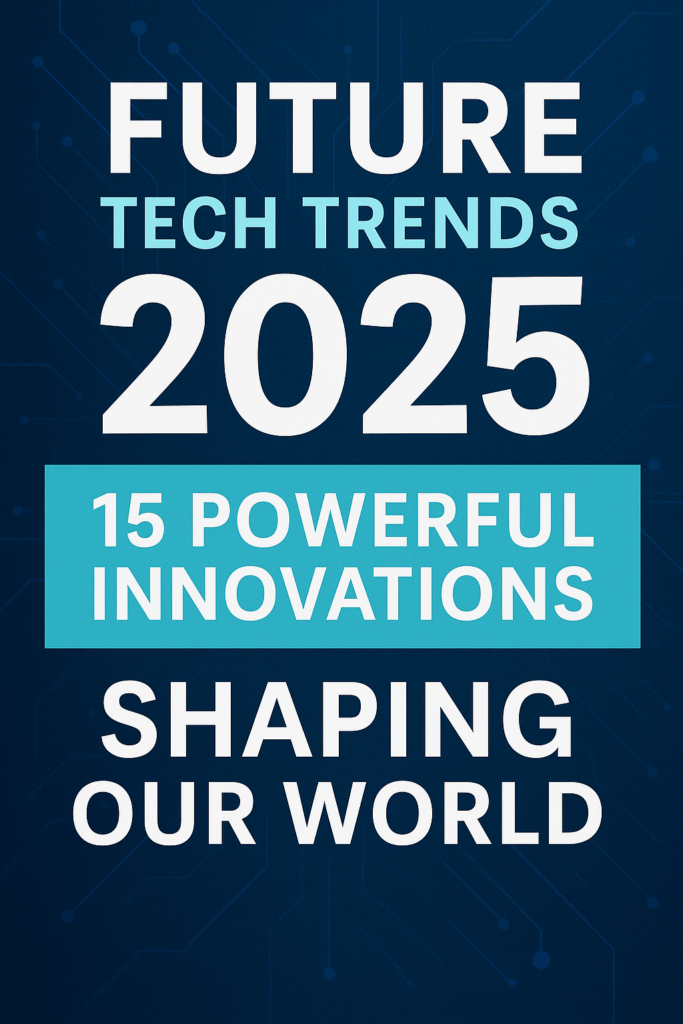Introduction: The Growing Importance of AI in IT Education
Artificial Intelligence (AI) has become fundamental in transforming the IT landscape. The infusion of AI technologies in the educational domain enhances learning experiences and prepares students for a tech-driven job market. Key drivers include:
- Technological Advancements: Rapid progress in machine learning, neural networks, and natural language processing.
- Industry Demand: Increasing need for skilled AI professionals across various sectors.
- Curriculum Integration: Adoption of AI modules in IT programs to provide practical and theoretical knowledge.
- Research Opportunities: Encouragement of innovation through projects and collaborations.
Educating future IT professionals on AI is crucial for sustaining industry growth and technological innovation.
Healthcare Assistant: Revolutionizing Patient Care through AI Applications
Healthcare assistants powered by artificial intelligence are transforming patient care by streamlining administrative tasks, offering clinical decision support, and improving patient engagement. Key breakthroughs include:
- Automated Data Management: AI efficiently handles patient records, reducing clerical workload.
- Predictive Analytics: Algorithms anticipate patient needs, enabling proactive care.
- Virtual Health Assistants: AI chatbots provide 24/7 patient support, answering common health questions and booking appointments.
- Personalized Treatment Plans: Machine learning tailors treatments to individual patient profiles.
- Remote Monitoring: Real-time health tracking with AI sensors ensures timely interventions, vital for chronic disease management.
AI-Powered Chatbots: Enhancing Customer Service and User Experience
AI-powered chatbots revolutionize customer service by providing instant responses and personalized interactions. They optimize user experience, ensuring availability 24/7.
Key Benefits:
- Efficiency: Automates routine inquiries, reducing wait times.
- Personalization: Uses data to tailor responses to individual needs.
- Scalability: Handles multiple interactions simultaneously, facilitating growth.
- Consistency: Ensures uniformity in responses, maintaining brand voice.
- Cost-Effective: Reduces labor costs by handling repetitive tasks.
“Chatbots are becoming smarter, learning from user interactions to improve their performance continually,” asserts a leading expert in AI technology.
Smart Home Automation: Integrating AI for Efficient Living Spaces
AI-powered home automation systems enable seamless control over various household functions. By using machine learning algorithms, residents can automate lighting, climate control, and security systems.
- Energy Management: AI optimizes energy consumption by predicting usage patterns, thus reducing electricity bills.
- Voice Assistants: Integrated with IoT devices, they facilitate hands-free control of home appliances.
- Security Enhancements: AI enables advanced surveillance with real-time alerts and facial recognition.
- Personalization: Tailored experiences, such as adjusting ambiance based on user preferences, improve comfort.
- Maintenance: Predictive maintenance alerts homeowners to potential issues before they become problematic.
Predictive Analytics: Leveraging AI for Data-Driven Decision Making
Predictive analytics empowers organizations to make data-driven decisions with greater accuracy. By utilizing sophisticated algorithms and machine learning models, IT students can:
- Identify Patterns: Analyze historical data to uncover trends and patterns.
- Forecast Outcomes: Predict future events based on past behavior.
- Optimize Operations: Improve efficiency through data insights.
Key applications include:
- Market Analysis: Anticipate market trends and consumer behavior.
- Fraud Detection: Identify and mitigate potential fraudulent activities.
- Resource Allocation: Optimize resource distribution and usage.
These AI-driven insights help organizations stay competitive, adapt to market changes, and make informed decisions.
Natural Language Processing (NLP): Creating Advanced Text and Speech Applications
Natural Language Processing (NLP) enables computers to understand and respond to text and speech. This field provides myriad opportunities for IT students to innovate and learn. Key areas include:
- Sentiment Analysis: Evaluating emotional tone from social media, reviews.
- Chatbots: Automating customer service and personal assistants.
- Machine Translation: Converting text between languages, improving fluency.
- Speech Recognition: Transcribing spoken language into text, aiding accessibility.
Harnessing NLP allows development of intelligent applications that bridge the gap between human communication and computer processing, delivering transformative solutions across industries.
AI in Cybersecurity: Developing Intelligent Systems to Combat Threats
AI plays a crucial role in revolutionizing cybersecurity. It enables the development of intelligent systems to detect and neutralize threats efficiently. Critical aspects include:
- Anomaly Detection: AI algorithms analyze network traffic to identify unusual patterns indicative of potential threats.
- Automated Response: Intelligent systems automatically respond to common threats, reducing the need for human intervention.
- Predictive Analysis: AI predicts future threats by evaluating historical data and evolving threat vectors.
- Behavioral Analysis: Machine learning models assess user behavior, detecting deviations that may signal security breaches.
- Advanced Threat Intelligence: Integration of AI-derived insights enhances threat intelligence, providing comprehensive defense mechanisms.
Autonomous Vehicles: Pioneering Self-Driving Technology Projects
Autonomous vehicles represent the forefront of innovation within the automotive industry. Key projects in self-driving technology include:
- Advanced Driver Assistance Systems (ADAS): Leveraging AI to enhance vehicle safety and efficiency.
- Sensor Fusion Projects: Integrating data from LIDAR, radar, and cameras for real-time decision-making.
- Machine Learning Models: Employing algorithms to improve vehicular navigation and obstacle detection.
- Simulators for Training: Using virtual environments to train and test driving algorithms.
- V2X Communication: Enabling vehicles to communicate with each other and surrounding infrastructure.
These projects collectively push the boundaries of how vehicles perceive and interact with the environment.
AI in Finance: Building Systems for Fraud Detection and Market Analysis
AI applications in finance have become indispensable.
Fraud Detection:
- Machine learning algorithms can analyze large datasets to identify suspicious patterns.
- Neural networks are used to detect anomalies in transaction behavior.
- Real-time analytics enable immediate flagging of potentially fraudulent activities.
Market Analysis:
- Predictive analytics tools provide insights on market trends.
- Natural Language Processing (NLP) is utilized to analyze news and social media.
- AI-driven algorithms optimize trading strategies by assessing historical data and market conditions.
These technologies enhance security and efficiency, driving innovation in the financial sector.
Gaming with AI: Designing Intelligent Opponents and NPCs
AI-driven opponents and NPCs transform gaming experiences in remarkable ways. IT students can explore:
- Behavioral Trees: Structuring decision-making processes for NPC actions.
- Pathfinding Algorithms: Implementing techniques like A* for NPC navigation.
- Machine Learning: Utilizing techniques for adaptive and evolving adversaries.
- Procedural Generation: Creating diverse and engaging game worlds dynamically.
- Personality Simulation: Crafting NPCs with distinct traits and behaviors.
Engaging with AI in gaming fosters creativity, problem-solving skills, and technical expertise, essential for modern game development.
Social Good: AI Projects Aiming to Solve Environmental and Social Issues
AI projects focused on social good leverage technology to address pressing global challenges.
Environmental Impact
- Climate Change Monitoring: Use AI to analyze climate data, predict extreme weather, and propose solutions.
- Wildlife Conservation: Implement AI for tracking endangered species and detecting poaching activities.
- Waste Management: Develop AI-driven systems to optimize recycling processes and reduce waste.
Social Impact
- Healthcare Access: Utilize AI to provide medical diagnostics in underserved regions.
- Educational Equity: Create adaptive learning systems to support personalized education.
- Disaster Response: Employ AI in disaster prediction and resource allocation for efficient crisis management.
AI initiatives in these domains demonstrate how technology can promote environmental sustainability and social welfare.
Conclusion: The Future of AI Projects and Career Opportunities for IT Students
Artificial Intelligence offers a wealth of opportunities for IT students. They can explore:
- Machine Learning Engineer: Working on predictive models.
- Data Scientist: Analyzing large data sets for actionable insights.
- AI Researcher: Exploring new algorithms and technologies.
Possible future AI projects include:
- Autonomous Vehicles: Enhancing self-driving technologies.
- Healthcare AI: Developing diagnostic tools.
- Natural Language Processing: Improving human-computer interactions.
Students must stay updated with AI advancements and continuously improve their skills. The evolving landscape promises exciting career trajectories in AI.




